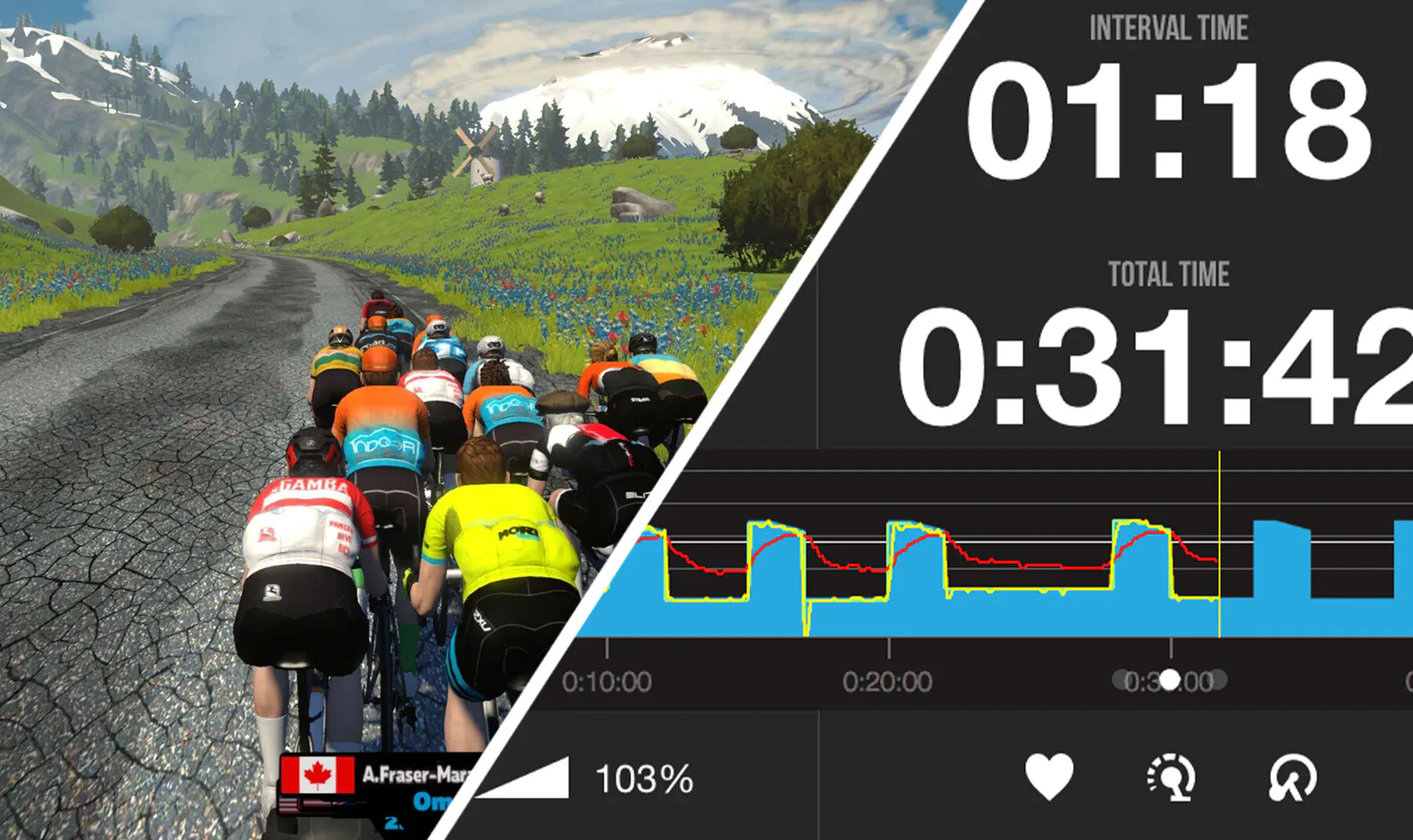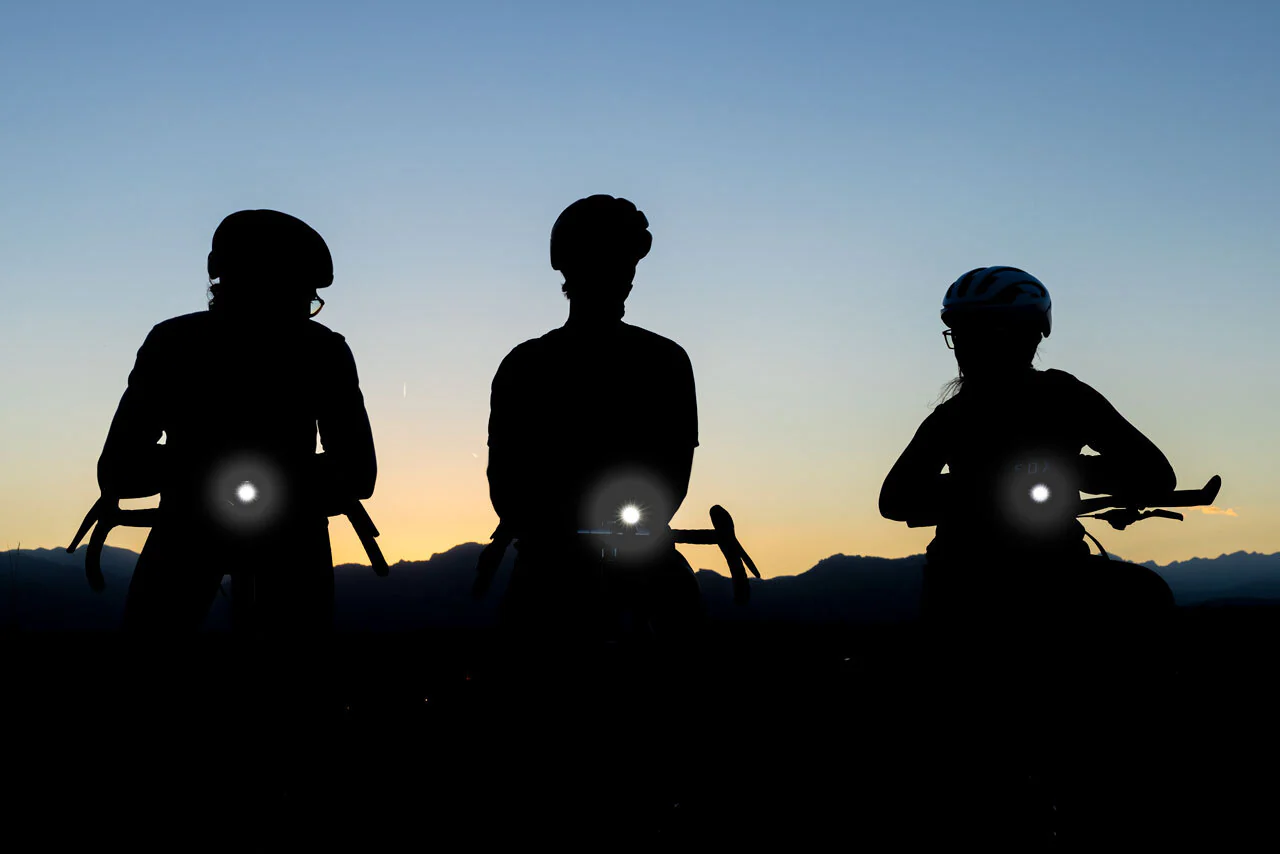A rider in the Giro Manifest MTB helmet. Photo: John Watson
When it comes to choosing a bicycle helmet, there are several factors to consider. In this buyer's guide, we will answer common questions and provide recommendations for the best helmet brands and models for different types of riding, explain the difference between road and mountain bike helmets, how to choose a new bike helmet, the safety of cheaper helmets, the safety comparison between full-face and half-shell helmets, and the lifespan of bike helmets
[button]Shop All Bike Helmets[/button]
The Best Mountain Biking Helmet Brands & Models
Troy Lee Designs A3
[product-block handle="7446396862656-troy-lee-designs-a3-mips-bike-helmet"/]
Highly popular mountain biking helmet that offers superior protection and ventilation. It features a reinforced polycarbonate shell along with an adjustable visor, and its B-Series MIPS liner is designed to reduce rotational forces in the event of an impact.
Fox Dropframe
[product-block handle="fox-racing-dropframe-pro-rtrn-bike-helmet-black"/]
A unique 3/4 shell mountain biking helmet with an increased coverage on the back and sides of the head without sacrificing ventilation, making it a more comfortable option for those who want extra protection without going to a full-face helmet.
POC Tectal
[product-block handle="poc-tectal-hydrogen-white-matte"/]
An award-winning helmet that combines excellent protection with comfort and style. It features a durable polycarbonate shell, Aramid bridges for added reinforcement, and extensive ventilation. The Tectal has also been embraced by enduro and trail riders for its high coverage protection.
Bell 4Forty Air
[product-block handle="7421303685312-bell-4forty-air-mips-helmet"/]
The 4Forty Air Mips is equipped with pro-level features without the pro-level cost. Bell's Float Fit system, built-in Sweat Guide, and Ionic+ padding ensure all-day comfort.
Giro Manifest Spherical
[product-block handle="7421304275136-giro-manifest-spherical-helmet"/]
A versatile and durable helmet that offers extensive coverage and excellent ventilation. It features MIPS Spherical Technology, which reduces rotational forces in the event of an impact without impacting fit or the ventilation.
Smith Forefront 2
[product-block handle="7475745325248-smith-forefront-2-mips-helmet"/]
A unique mountain bike helmet that uses Koroyd technology to provide advanced protection while maximizing airflow. It’s low profile design and great coverage make it a favorite among trail riders.
[button]Shop MTB Helmets[/button]
The Best Road and Gravel Cycling Helmet Brands & Models
Giro Eclipse
[product-block handle="giro-eclipse-spherical-helmet"/]
A top-performing helmet in terms of aerodynamics and ventilation, making it perfect for road racers who demand the best in performance. Its compact and lightweight profile offers excellent coverage and has been used by many pro athletes.
Specialized S-Works Prevail 3
[product-block handle="specialized-s-works-prevail-3-helmet"/]
One of the most well-ventilated helmets that is extremely lightweight and comfortable. It features the patented Mindset hair port system and the Tri-Fix web splitter, which allows for easy strap adjustments on-the-fly.
Kask Protone
A highly regarded helmet that features a unique, wind-tunnel tested shape that provides superior aerodynamics. With an advanced ventilation system, it’s ideal for both long-distance and high-intensity rides. It has also been a favorite among Team Sky riders.
Bell Zephyr
A comfortable and lightweight helmet that features a Float Fit Race retention system, which allows for quick and easy adjustments on-the-go. It has an aerodynamic shape with deep coverage and excellent ventilation.
MET Manta
A sleek and stylish helmet that features a unique V-shaped design with extensive ventilation, making it ideal for high-intensity rides. It has a lightweight and aerodynamic design, and a one-hand adjustment system that allows for quick and easy fit updates.
Bontrager XXX Wavecel
A revolutionary helmet that features Wavecel technology, providing significant protection to the rider’s head in the event of an impact. It offers excellent ventilation, a Boa retention system, and a sleek design that's great for riders who demand the best in safety.
Bontrager Circuit MIPS
A comfortable and highly ventilated helmet ideal for gravel rides and other endurance events. It has an in-mold composite skeleton that provides structural support, as well as a MIPS liner for advanced protection. The Boa Fit System allows for a quick and customisable fit, plus it also includes Blendr accessories mount integration.
Smith Network MIPS
[product-block handle="7475744768192-smith-network-mips-helmet"/]
A highly ventilated helmet that offers excellent coverage and MIPS technology, providing added protection against the rotational forces commonly associated with cycling accidents. It has a unique and removable four-point harness strap system that provides additional security, making it a great option for long rides or gravel races.
Lazer Z1
[product-block handle="7131699249344-lazer-z1-mips-bike-helmet-matte-black"/]
A lightweight and aerodynamic helmet built for speed and endurance rides. It features an internal air channeling design that optimizes ventilation and a rear dial retention system for customizable fit. The helmet is also equipped with MIPS technology and has a patented head basket that minimizes contact with the skull.
[button]Shop Road Helmets[/button]
What’s the Difference Between Road and Mountain Bike Helmets?
Mountain bike helmets are typically designed for more rugged off-road use so they generally provide additional coverage and protection around the back and sides of the head compared to road or gravel helmets. Mountain bike helmets also typically have a visor. The visor can help shield your eyes from sun and rain and even the occasional errant branch.
Road helmets generally don’t have a visor, both to reduce weight and improve aerodynamics. They will also typically be lighter and sleeker than a comparable mountain bike helmet. Road helmets come in two forms: Aero and traditional. Aero road helmets are shaped to reduce drag, which is good for riders chasing speed and performance. Traditional road helmets place more focus on ventilation and weight reduction and are good for hot weather, climbing, or general purpose use.
Also, just because you’re riding a road or a mountain bike doesn't mean you have to ride a road or mountain bike helmet. Style is personal. If you want the more casual look of a visor on your road bike, then do it. If you ride cross-country mountain bikes and want to use a lighter and sleeker road-style helmet, then that’s usually okay too (unless you’re doing seriously gnarly downhill trails). As for gravel, road helmets are the most common, but any style of helmet is fair game.
[button]Shop All Bike Helmets[/button]
Are Cheaper Helmets Less Safe?
The safety of a helmet is not necessarily determined by its price. Helmets that meet the required safety standards of organizations such as the Consumer Product Safety Commission (CPSC) or the European Union's EN 1078 will provide a similar level of protection, regardless of their cost.
Cheaper helmets may lack some of the features and additional technologies found in higher-end models, but they still provide adequate protection when used correctly. Avoid purchasing counterfeit or non-certified helmets, as they may not offer the same level of protection. In general, a more expensive helmet will have a more refined fit and feel, weigh less, have better ventilation, better aerodynamics, and they often look better too.
Which is Safer: Full-Face or Half-Shell Helmet?
Choosing between a full-face helmet versus a half-shell helmet will depend on the type of riding you do. Full-face helmets provide the most comprehensive protection, covering not only the head but also the face and chin. They are commonly used in downhill mountain biking, BMX, and other extreme sports where high-speed impacts and more significant risks are involved.
Half-shell helmets, also known as open-face helmets, cover the top, sides, and back of the head but leave the face exposed. They are typically used for road cycling, gravel riding, trail riding, and recreational cycling, where the speeds and risks may be lower.
Choosing between a full-face and half-face helmet depends on the level of protection you need or desire for your specific riding discipline. For road and gravel riding, a standard half-shell is adequate. For mountain biking, it’s up to you. Most riders like half-shells, but some will use a full-faceeven for casual trail riding. It’s good insurance as awkward crashes can happen on any trail.
Do You Need a Replacement? The Lifespan of Bike Helmets
The lifespan of a riding helmet can vary depending on factors such as frequency of use, exposure to sunlight and extreme temperatures, and any impacts or accidents it has endured. Manufacturers often recommend replacing helmets every 5 years, even if they appear undamaged, as the foam can degrade over time due to use and environmental factors. Often, old helmets can be just fine, but it’s better to be safe than sorry, especially when it comes to your head.
Inspect your helmet regularly for any signs of damage, such as cracks, dents, or loose parts. If you notice any damage, especially dents in the shell (which indicates an impact), replace the helmet immediately. If you are involved in a crash or impact where the helmet hits the ground or anything else, your helmet should be replaced. Once the protective foam in the helmet has absorbed an impact, it becomes compressed and will no longer provide adequate protection.
Remember that helmets are designed to provide protection for a single impact, and their effectiveness is reduced after a crash or significant impact. Safety should always be a priority, so replace your helmet whenever you’re unsure to ensure optimal protection. If you ever ask yourself, “Should I replace my helmet?” The answer is pretty much always yes.
Other Considerations & Final Thoughts
In addition to the questions answered above, here are a couple more considerations when choosing a bicycle helmet:
- MIPS Technology: Look for helmets with MIPS (Multi-directional Impact Protection System) or a comparable technology. Rotational impact protection systems like MIPS can help prevent concussions, which provides an additional layer of safety for your brain during impacts.
- Visibility: If you’ll be riding on the road with cars and other road users, choosing a helmet that enhances your visibility can increase your safety. For maximum visibility on the road, opt for helmets with bright colors or reflective elements.
Overall, investing in a high-quality helmet that fits properly and meets the necessary safety standards is essential for enjoying a safe and comfortable riding experience.
[button]Shop All Bike Helmets[/button]

























